Proving that context is everything, it is a fact that submerged metals will be afforded better protection against corrosion when pure metal-to-metal contact is achieved between the surface and the sacrificial anode ( a.k.a, the “zinc.”) installed to protect it. Doing so ensures that the anode gives up electrons—and metal particles—and not our boats, motors, fittings, or running gear.
Determining How Much Anodic Protection Your Boat Needs
Achieving a bright finish is easy, and requires just a few swipes with some medium grit sandpaper in most cases.
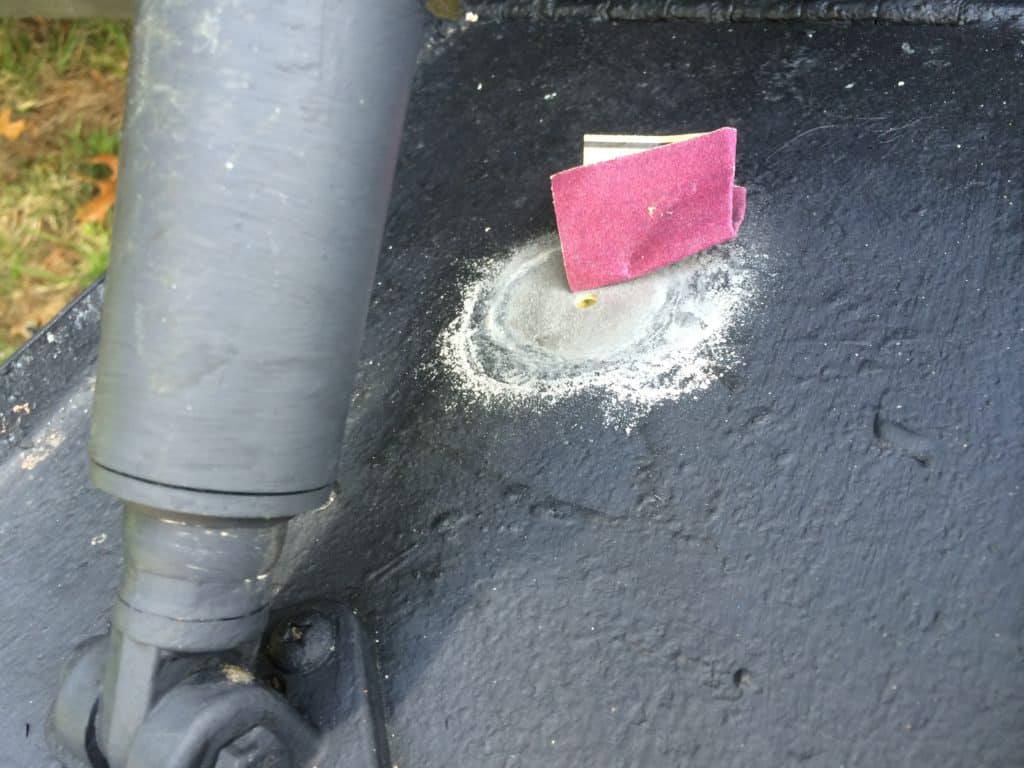
Also make sure the metal to be protected is clean and grease-free at the location where the anode will be installed.
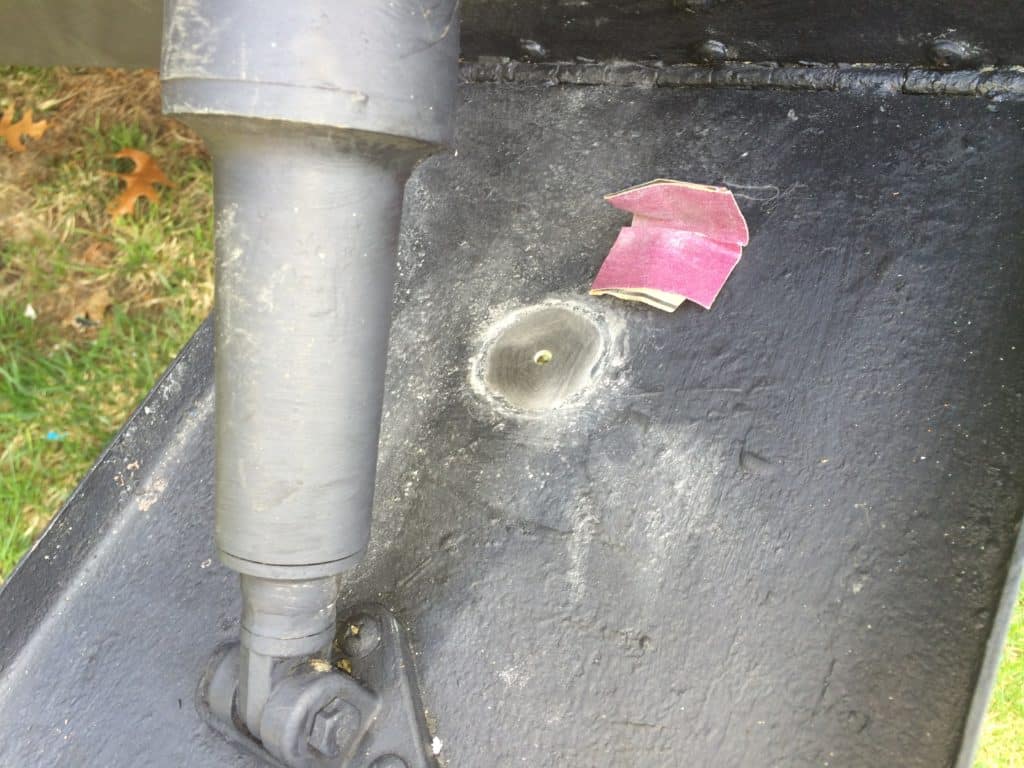
Finally, make sure to fasten the anode tight.
The Difference Between Aluminum, Magnesium and Zinc Anodes
Here, the trim tabs are painted to protect against fouling. They are also fitted with R2 size rudder zincs to protect against corrosion. I used a 2-inch diameter hole saw to cut out perfect-sized discs, used to mask the area during application of the antifouling paint.
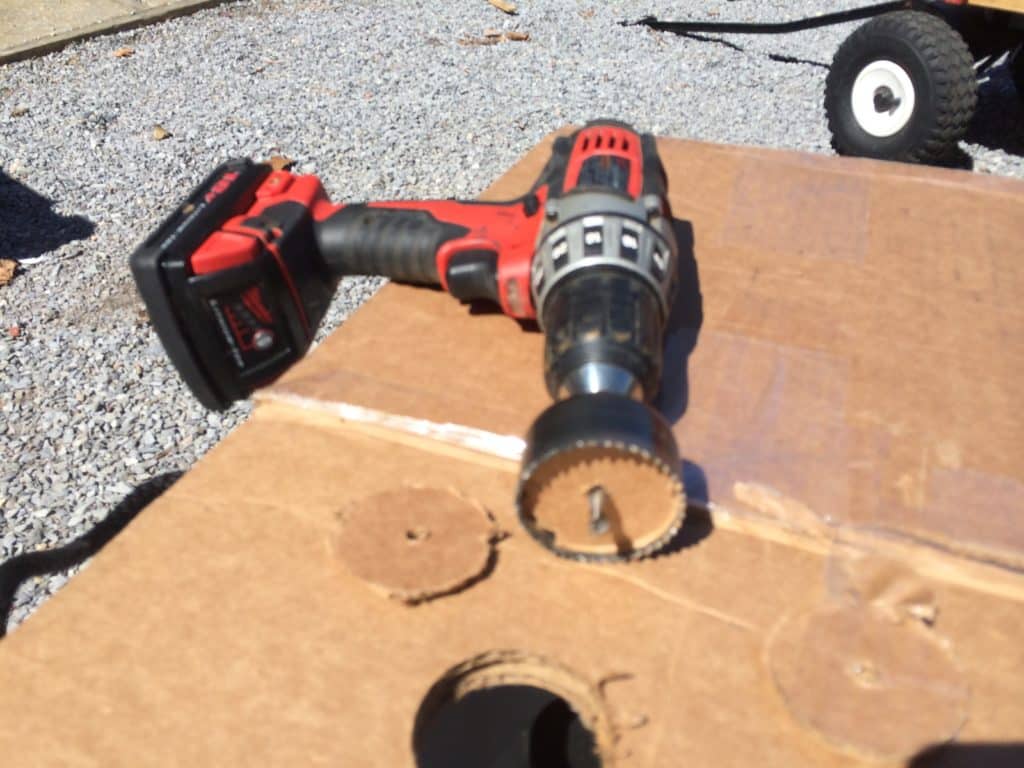
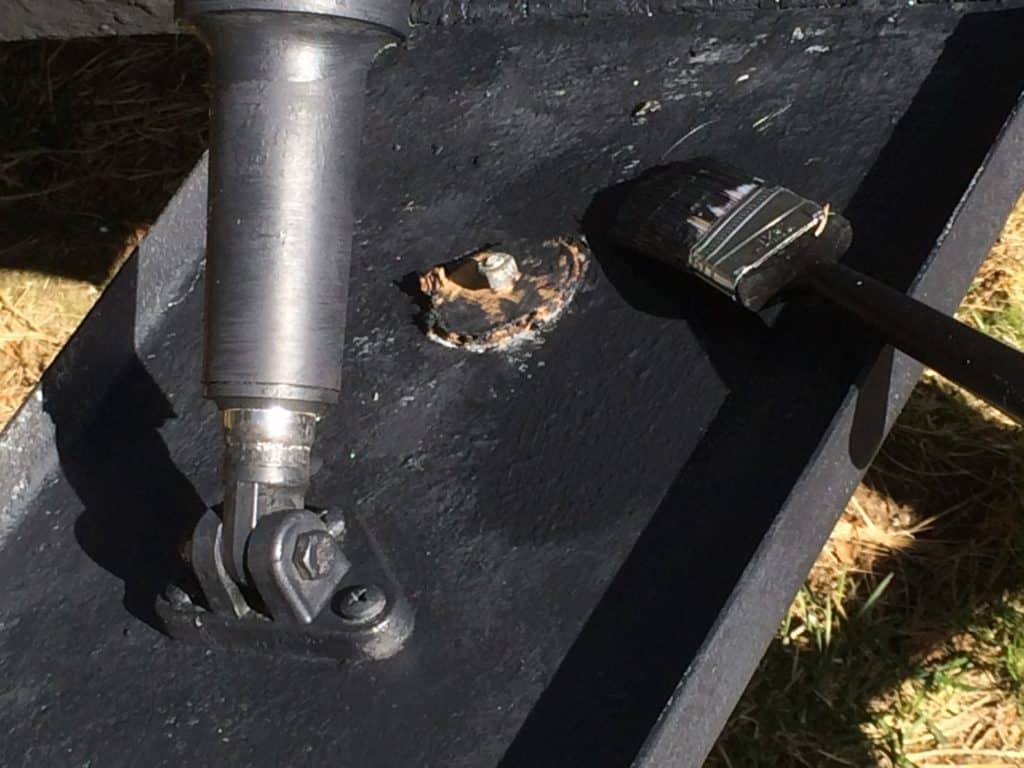
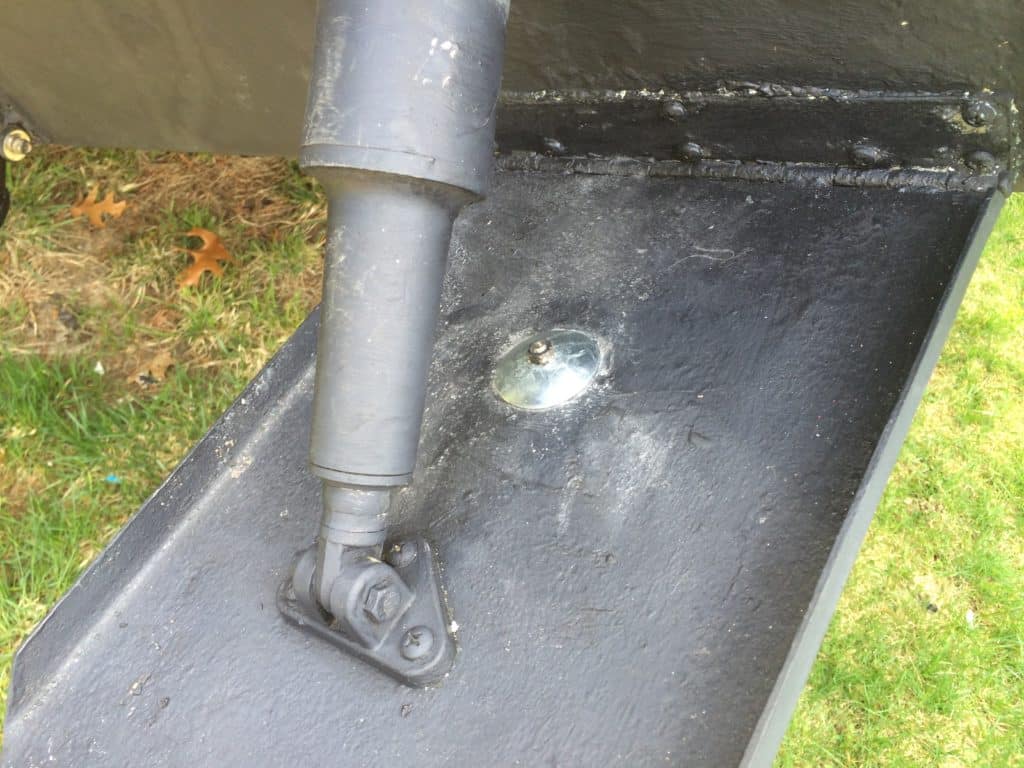
These were made years ago, and are kept in my “spring make-ready kit,” along with with some other shop-made tools that help me perform specific tasks.









